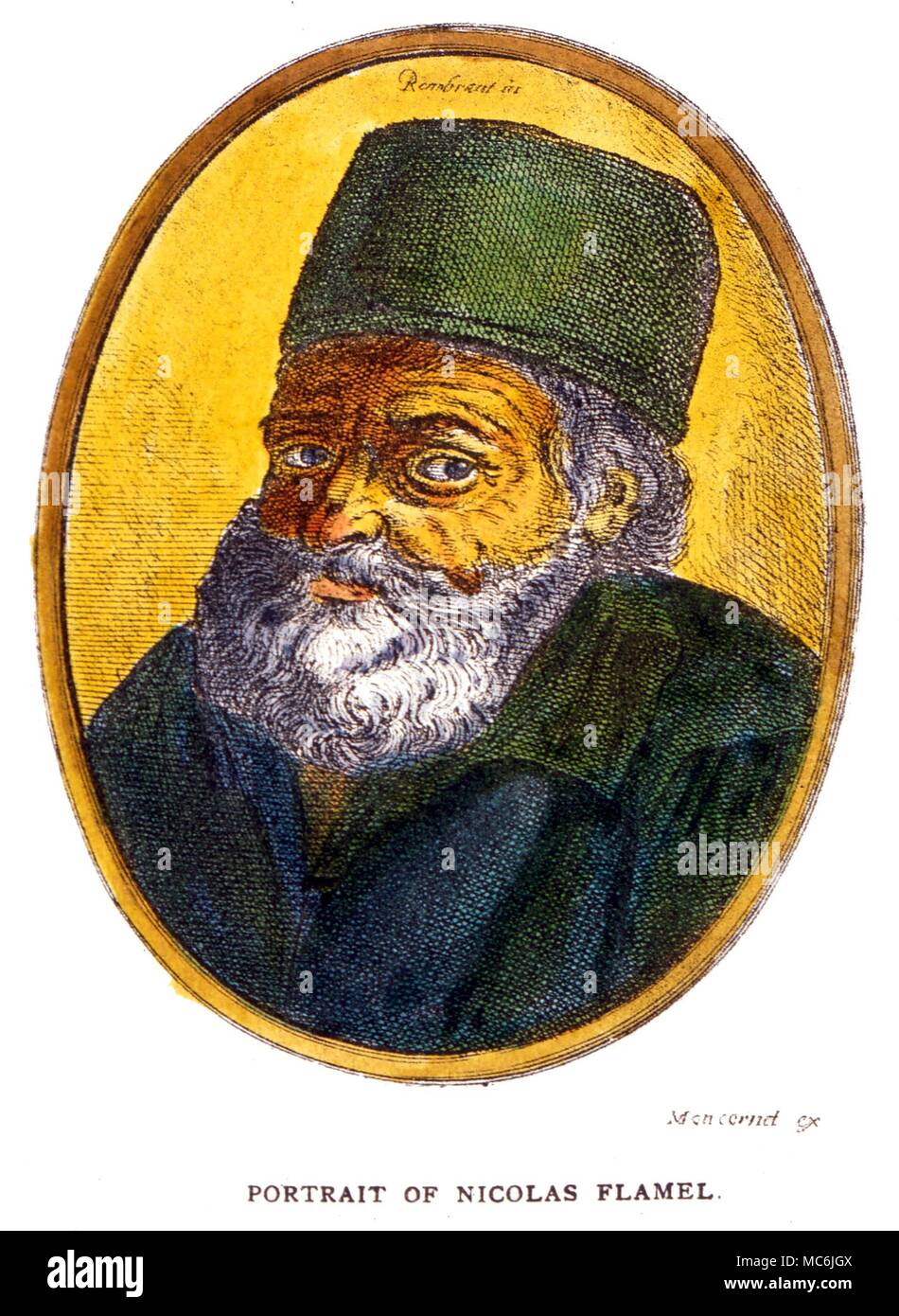
Instead of finding the stone, the robbers claimed that when they opened Flamel’s coffin there was no body to be found inside.Īnd so the legend grew.

This belief was supported by the claims of would-be robbers who broke into Flamel’s tomb hoping to find the philosopher’s stone buried alongside its creator. While there are no accounts from his lifetime claiming Flamel had also discovered the elixir of life, by the 17 th century this story had grown, and it was thought that Flamel was still alive. He died at the age of 80 and was buried at the church of Saint-Jacques la Boucherie. By all accounts he lived a rather ordinary life in his later years. Nicolas Flamel spent the rest of his life in France where he wrote manuscripts on alchemy (some of which can be seen today in Paris’s Bibliotheque Nationale) and visited local cemeteries. Of course, no copies of the Book of Abramelin the Mage exist today all traces of the book were lost in the 17 th century, making it impossible to prove Flamel’s story. After 21 years of studying the text, Flamel deciphered the symbols in which the book was written, and from it he learned the secrets of transmutation. He purchased the book, which was written by Abraham the Jew. Soon after, Flamel encountered a man carrying the same book as that in his dream. The angel went on to say that in time the text would be revealed to him. According to the alchemist, an angel visited him in a dream and showed him a book that no one could understand. The truly mysterious aspect to Nicolas Flamel’s story is how he claimed to have gained the knowledge for creating the philosopher’s stone. However, in the 14 th century people believed Flamel’s story, and Europe’s royalty and nobility began seeking out alchemists who could help them acquire wealth and good health. Whether Flamel’s stone could truly turn mercury to gold is suspect, especially since Flamel’s wife was the sole witness to the transmutation. On 25th April, 1382, at five o’clock in the afternoon, Perrenelle his wife only being present, Flamel made projection of his red stone upon mercury, which, he says, ‘I truly transmuted into almost as much gold, much better, indeed, than common gold, more soft also, and more pliable’ (Read 270). Alchemy as a science had become increasingly popular throughout Europe, particularly the study of transmutation (changing one substance to another, typically base metals into gold).įlamel would become famous for his creation of the philosopher’s stone, which was said to be able to turn mercury into gold. Flamel was also widely known as an alchemist. There are accounts of gifts made by Flamel to the Holy Innocents’ Cemetery and of a manuscript recorded by Flamel being gifted to the royal court, which would seem to suggest that Flamel enjoyed success as a bookseller.

While it seems nothing is known about his early life, as an adult he worked as a bookseller, and he married a widow a few years older than him named Perenelle. While the real-life Flamel may not have lived forever, his story remains mysterious.įlamel was born in 1330 near Paris, France. Nicolas Flamel lives on today in the pages of books such as Harry Potter and the Sorcerer’s Stone and Michael Scott’s The Secrets of the Immortal Nicholas Flamel. Rowling’s use of him in Harry Potter and the Sorcerer’s Stone, Flamel is known as the creator of the legendary philosopher’s stone, which could produce the elixir of life and turn ordinary metal to gold. If it is information about the real life alchemist you are looking for, however, that information is much harder to find. A search of the name Nicolas Flamel on Google will yield over 400,000 results, most of which will link you to books or information about the character Nicolas Flamel.


 0 kommentar(er)
0 kommentar(er)
